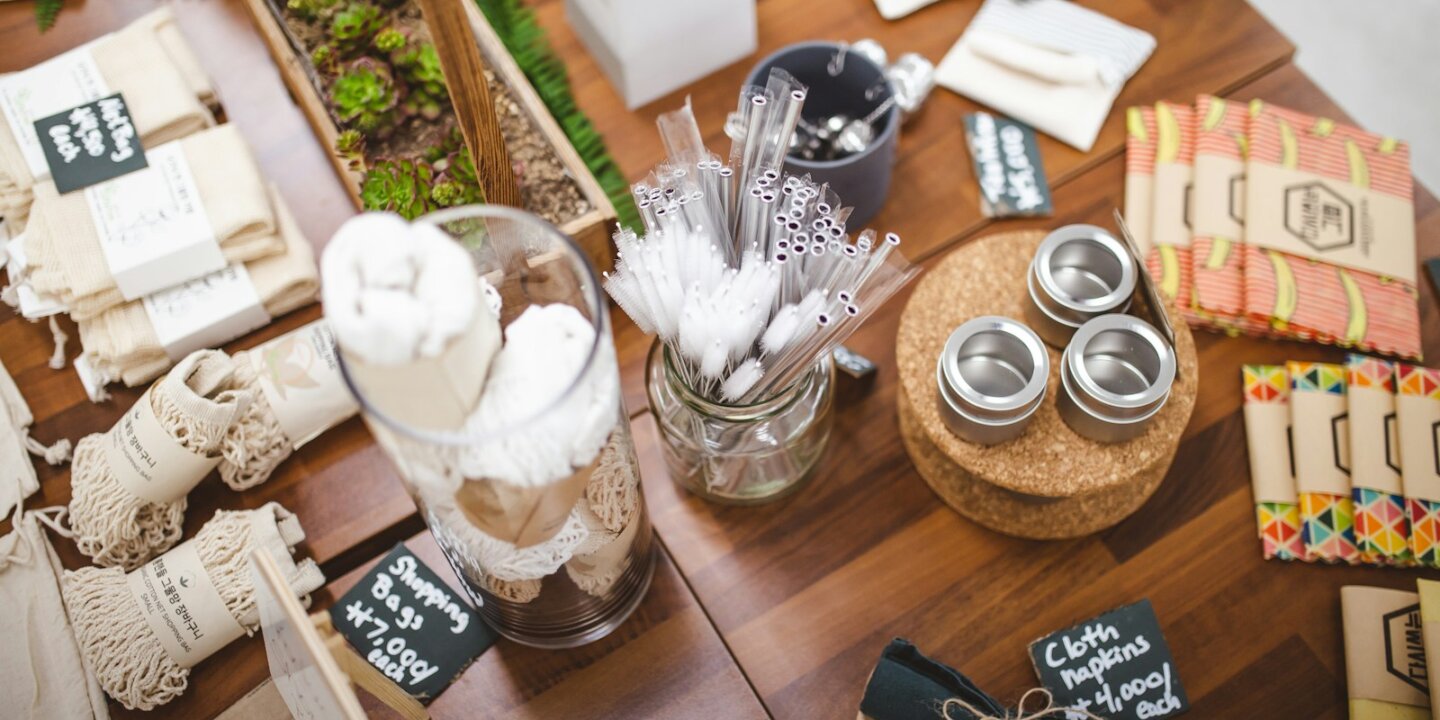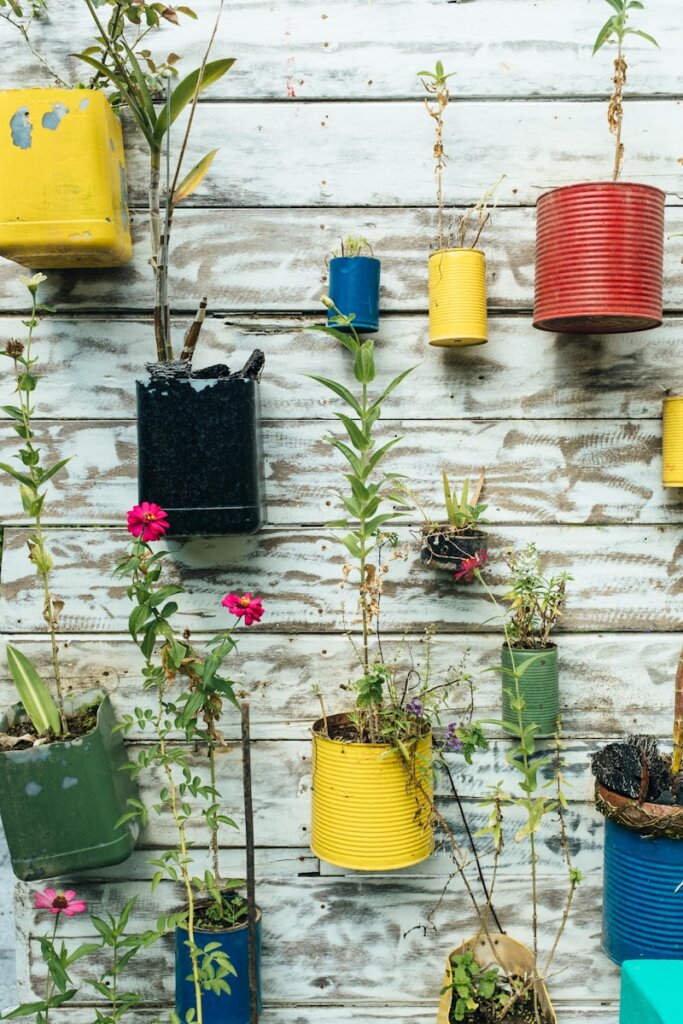
In an era where environmental concerns are at the forefront of global discussions, the zero-waste movement has emerged as a powerful response to the growing problem of waste management. Zero-waste living advocates for the reduction and eventual elimination of waste by making conscious decisions about consumption and disposal. This lifestyle not only benefits the environment but also promotes a healthier, more sustainable way of living. In this article, we’ll explore the benefits of zero-waste living and provide practical steps for individuals looking to minimize their waste and embark on a zero-waste journey.
Understanding Zero-Waste Living
What is Zero-Waste Living? Zero waste living is a philosophy and lifestyle that encourages the redesign of resource life cycles so that all products are reused. The goal is to ensure that no trash is sent to landfills, incinerators, or the ocean. Instead, everything is reused, repurposed, or recycled. This approach requires a significant shift in how we view consumption and waste, emphasizing sustainability and mindful living.

The Benefits of Sustainable Living
- Environmental Impact
- Reducing waste helps decrease pollution, conserve resources, and reduce greenhouse gas emissions. By minimizing what we throw away, we contribute to a cleaner planet and combat climate change.
- Economic Savings
- Adopting a zero waste lifestyle can lead to significant cost savings. By buying less, reusing items, and making your products, you can cut down on expenses related to single-use products and packaging.
- Healthier Lifestyle
- Sustainable living often involves choosing natural, unprocessed foods and products, reducing exposure to harmful chemicals and preservatives. This can lead to improved health and well-being.
- Simpler Living
- Embracing a No-waste lifestyle encourages decluttering and prioritizing essentials, leading to a simpler, more intentional way of living.
Practical Steps to Minimize Waste
1. Conduct a Waste Audit
- The first step in zero-waste living is understanding your waste. Conduct a waste audit by collecting and categorizing your trash for a week. This helps identify areas where you can reduce waste.
- Waste Audit Checklist
2. Refuse What You Don’t Need
- Say no to single-use plastics, promotional items, and unnecessary packaging. Refusing these items at the point of purchase prevents them from entering your home and becoming waste.
3. Reduce What You Use
- Assess your consumption habits and identify items you can use less frequently. Opt for products with minimal packaging, buy in bulk, and choose durable, long-lasting items over disposable ones.
4. Reuse and Repurpose
- Invest in reusable alternatives like cloth bags, stainless steel water bottles, and glass jars. Repurpose items whenever possible; for example, use old t-shirts as cleaning rags or glass jars for storage.
5. Recycle Properly
- Learn about your local recycling guidelines and ensure you are recycling correctly. Clean and sort recyclables, and avoid contaminating recycling bins with non-recyclable materials.

6. Compost Organic Waste
- Composting is an excellent way to dispose of food scraps and organic waste. Set up a compost bin in your backyard or use a kitchen compost container to reduce landfill waste and create nutrient-rich soil.
7. Shop Mindfully
- Be conscious of your purchases. Support businesses that prioritize sustainability and offer zero-waste products. Buy second-hand items when possible, and choose quality over quantity.
Step-by-Step Guide to a Sustainable Living
Step 1: Start Small
- Begin your zero-waste journey by making small, manageable changes. Replace single-use items like plastic straws and cutlery with reusable alternatives. Gradually expand your efforts as you become more comfortable with the lifestyle.
Step 2: Build a Zero-Waste Kit
- Create a kit with essentials such as a reusable water bottle, coffee cup, shopping bags, utensils, and containers. Carry this kit with you to avoid single-use items when you’re on the go.
Step 3: Make Sustainable Swaps
- Identify common disposable items in your home and find sustainable alternatives. Swap plastic wrap for beeswax wraps, paper towels for cloth napkins, and disposable razors for safety razors.
Step 4: DIY Household Products
- Making your household products is an effective way to reduce waste and avoid harmful chemicals. Recipes for DIY cleaners, toothpaste, and beauty products can be found online and are often made from simple, natural ingredients.
Step 5: Educate Yourself and Others
- Continuously educate yourself about zero-waste practices and share your knowledge with others. Join zero-waste communities online or in your local area for support and inspiration.
Step 6: Track Your Progress
- Keep track of your progress by documenting your waste reduction efforts. Celebrate your successes and identify areas for improvement. This can help you stay motivated and committed to your zero-waste journey.
Zero-waste living is a rewarding and impactful lifestyle choice that benefits both individuals and the planet. By making conscious decisions about consumption and waste, we can reduce our environmental footprint, save money, and lead healthier lives. Starting small and gradually incorporating zero-waste practices into your daily routine can lead to significant positive changes. Embrace the zero-waste movement today and contribute to a more sustainable future.
FAQs
- What is the first step to starting a zero waste lifestyle?
- The first step is conducting a waste audit to understand your current waste production and identify areas where you can reduce waste.
- Can zero waste living save money?
- Yes, by reducing consumption, reusing items, and making your products, you can significantly cut down on expenses.
- Is no-waste living difficult to maintain?
- It can be challenging initially, but starting small and gradually incorporating changes can make it more manageable and sustainable in the long run.
- What are some essential items for a zero-waste kit?
- A reusable water bottle, coffee cup, shopping bags, utensils, and containers are essential items for a zero-waste kit.
- How does composting benefit no-waste living?
- Composting reduces landfill waste and creates nutrient-rich soil, making it an essential practice for Sustainable living.







